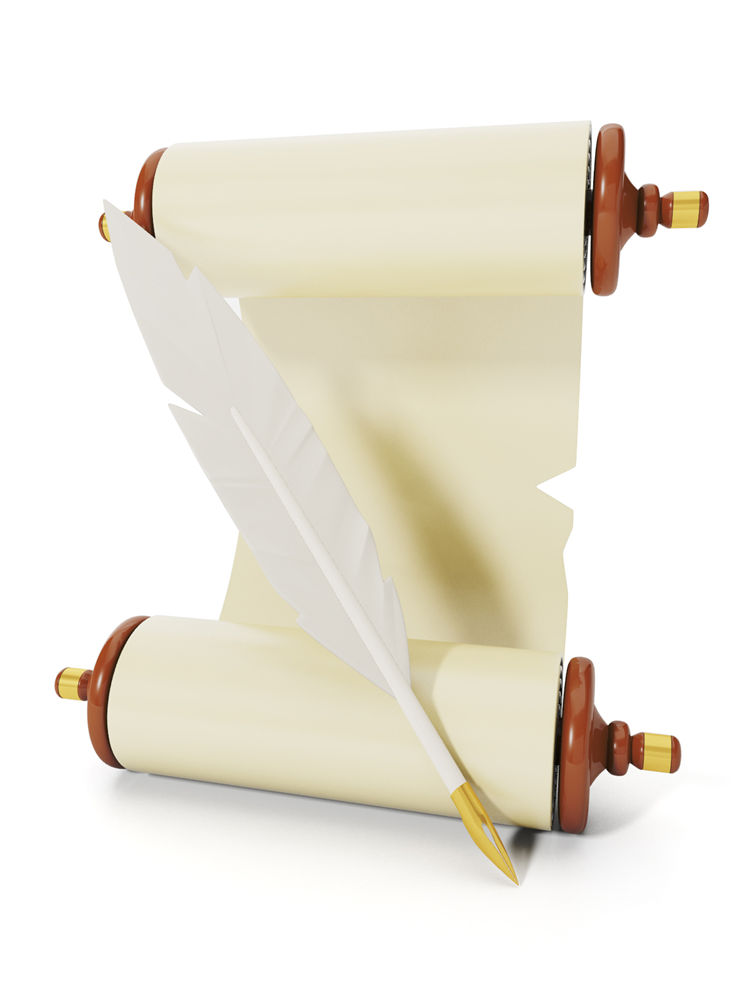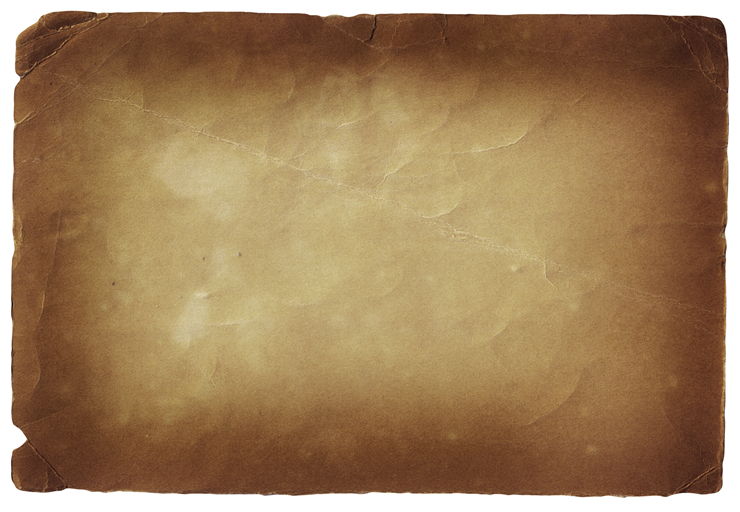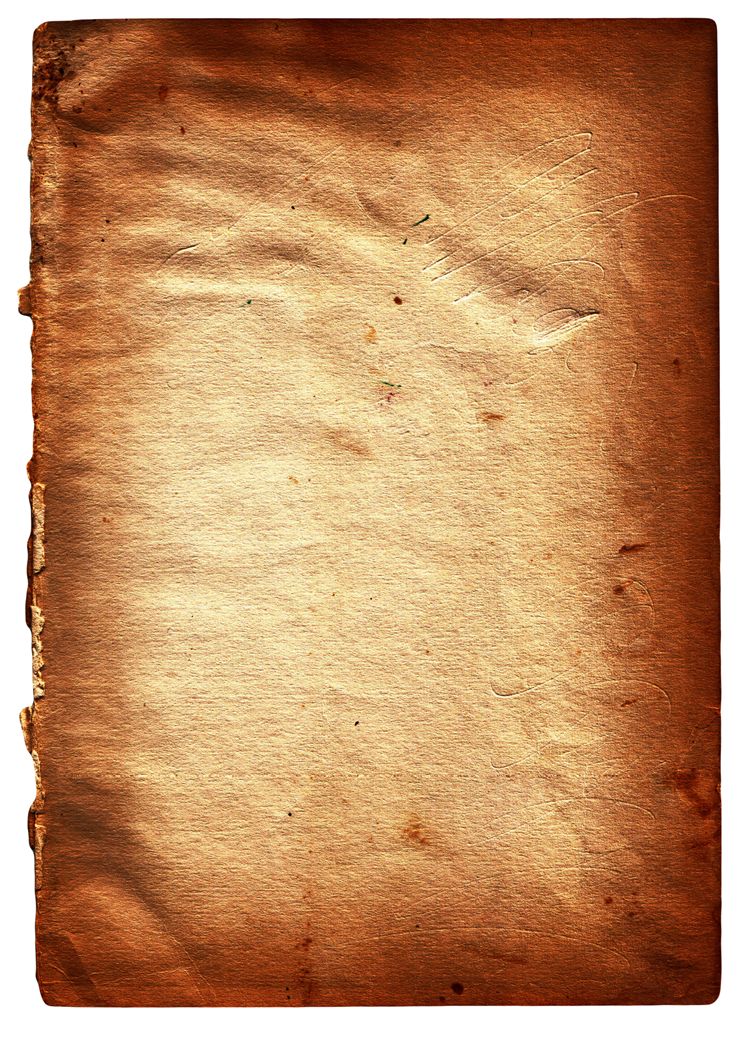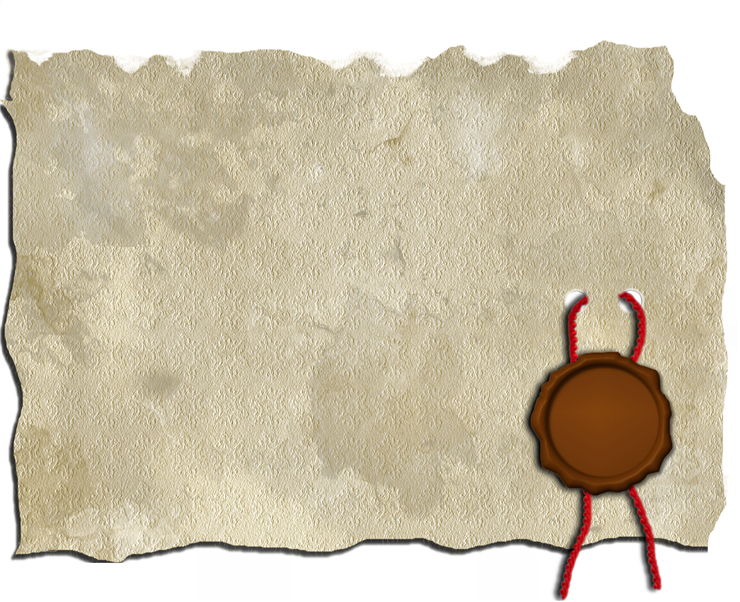Parchment History - Facts and Origin of Parchment
Over the course of modern human history, mankind has strived to find ways to record written information on easy-to-use materials that can survive long periods of time. Carving words into stone, woods or pottery was not efficient and demanded a lot of resources, so other storage mediums had to be found. History of paper and paper-like materials started more than 4000 years ago in the birthplace of modern civilization – Egypt, Sudan and ancient Mesopotamia. Extracted from the plant Cyperus Papyrus, paper like material papyrus began its life as one of the most famous storage mediums for written word. However, this influential paper material had several serious flaws that prevented it to be used outside of very dry locations -papyrus reacted badly to humidity, causing the structure of paper to disintegrate relatively quickly. In addition to that, plant papyrus could be cultivated only in the area of Nile river and some rivers in Sudan, so other territories had to import papyrus from there, and the continuous exploitation of this plant led to the severe shortages of papyrus in the last few centuries of the old era.
Solution to some of the problems that papyrus had have been found in parchment - thin material created from hide of animals (calfskin, sheepskin or goatskin). Historians have found proof that parchment was in use even in 3nd millennia BC (Egyptian examples of leather prepared for writing date to 2500 BC), but organized production and the popularity of parchment arrived in 3rd century BC with the exploits of the Greek manufacturers in Pergamon. Under the leadership of the Eumenes I or Eumenes II, processing techniques for creating parchment evolved significantly, enabling Mediterranean countries to stop being dependable from the papyrus which was imported from Alexandria. The great library in Pergamon greatly benefited from the expansion of the parchment use, managing to rival the great library of Alexandria who was famous for the incredible amount of Papyrus scrolls. With rising prices of papyrus material and close extinction of the papyrus plant in the two nomes delta of Nile, parchment became popular across Greece, Rome, Middle East and even Egypt.
As Europe remained without access to real wood-based paper that we use today, majority of recorded writing from the new era was preserved on parchments (sometimes called vellum it was made from calf skin). Even after Chinese paper came to Europe via Arab traders, difficulties in its manufacture led to the tradition of using typing machines even on skin parchments. This was done because people did not know how durable the cellulose-based paper is, and they knew for a fact that recordings made on parchment can endure for thousand years if the storage conditions were met.
With 20th century, came the end of the organized manufacture and use of parchment. Today it is mostly used by artists, who want to recreate medieval styles and traditions.



